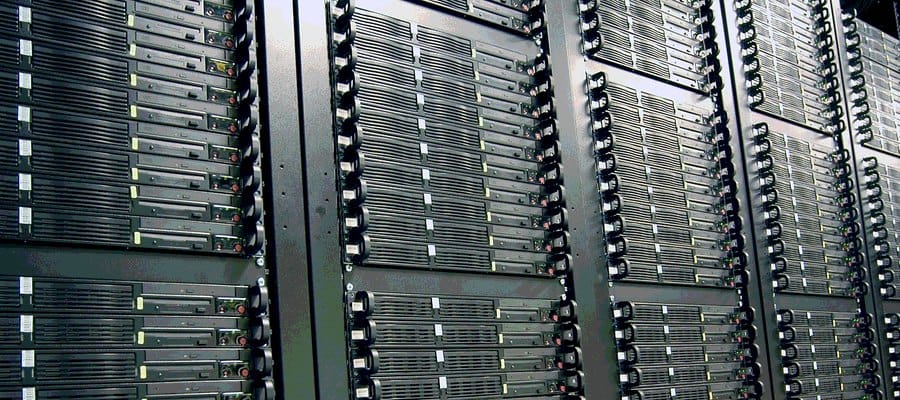When the time comes for an organisation to consider upgrading their on-site Microsoft Exchange server to a new version, whether its due to the age of hardware or a need for particular features, one question that needs answering is whether switching to a Managed Exchange server delivers better value for money.
Each company is different, and has different requirements from its communication structure. This makes simple comparisons between on-site Exchange and a managed service in the cloud tricky. Managing the Exchange infrastructure for multiple businesses has given SMS valuable insight into the factors which come into play and the relative merits of both approaches. Below is a compilation of common elements organisations need to consider.
Maintenance and Upgrades
Organisations often first look at in-house v managed when the time comes to upgrade. This focuses the decision-making process on the cost of the current change, rather than the on-going costs of maintenance and future upgrades.
A single upgrade is often cheaper when done in-house. However over the total life of an Exchange server, typically 3+ years, the total cost of regular maintenance and completing future upgrades will tip the balance in favour of a Managed Exchange service with its included upgrade programme.
Running Costs
A big hidden cost for on-site Exchange servers is charges for keeping the server running. Electricity, rack space, cooling, security and IT support all put extra burden on budgets. Worse, most of these running costs are variable, making it difficult for organisations to plan budgets too far ahead.
The fixed charges on a Managed Server contact include these running costs and because the prices are fixed in the contract organisations can plan their budgets better without worrying about unexpected bills.
Licences
Organisations trying to stay compliant with Microsoft’s labyrinth-like licence policies always run the risk of missing something important and finding themselves hit with an unexpected charge. Outsourcing the Exchange server to a third-party means passing on the liability for licences as well and absolving the company from any liability for having the wrong ones.
Total cost of ownership
Putting together the core elements which need considering allows companies to create a total cost of ownership over the 3 year lifetime of a Microsoft Exchange server. A typical comparison, using standard SMS charges for a dedicated Exchange server platform would be:
| In-house | Managed Exchange | |
|---|---|---|
| Server hardware | £6,000 | Included |
| Installation and set-up | £2,000 | Included |
| Licences (Exchange and Lync) | £50,000 | Included |
| Licences (Active Directory and GeoTrust) | £902.40 | Included |
| Backup hardware and software | £8,000 | Included |
| Maintenance | £13,000 | Included |
| Support | £50,000 | Included |
| Data centre running costs | £14,000 | Included |
| Year 1 cost | £143,902.40 | £132,067.20 |
| 3 Year TCO | £254,707,20 | £132,067.20 |
These are indicative costs for a 400 user email service, based on our experience running Managed Microsoft Exchange servers. Organisations looking for a bespoke comparison of in-house vs. managed services can contact our sales team.


